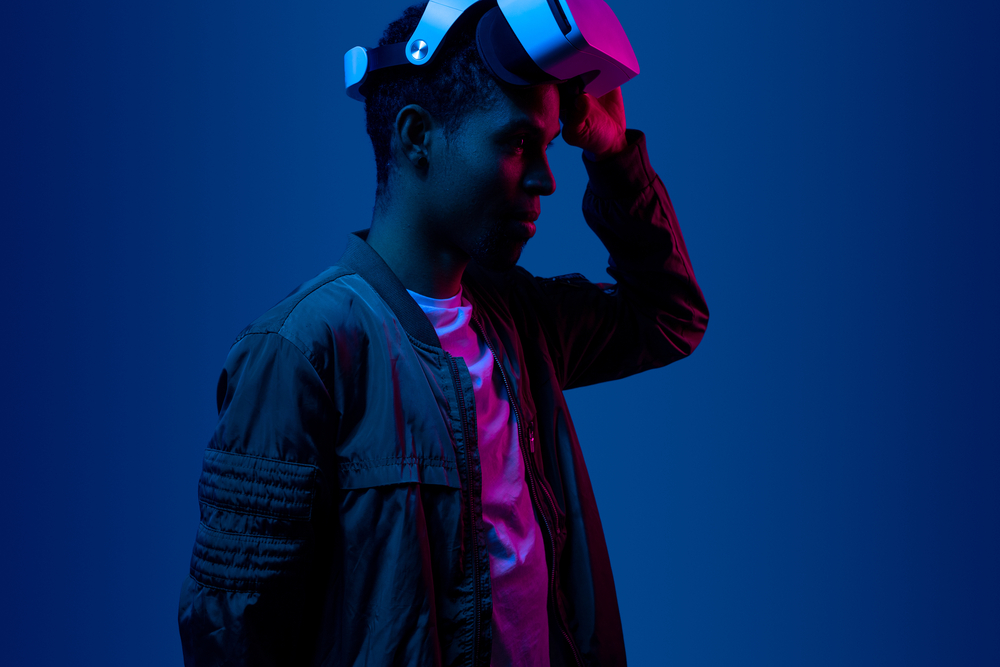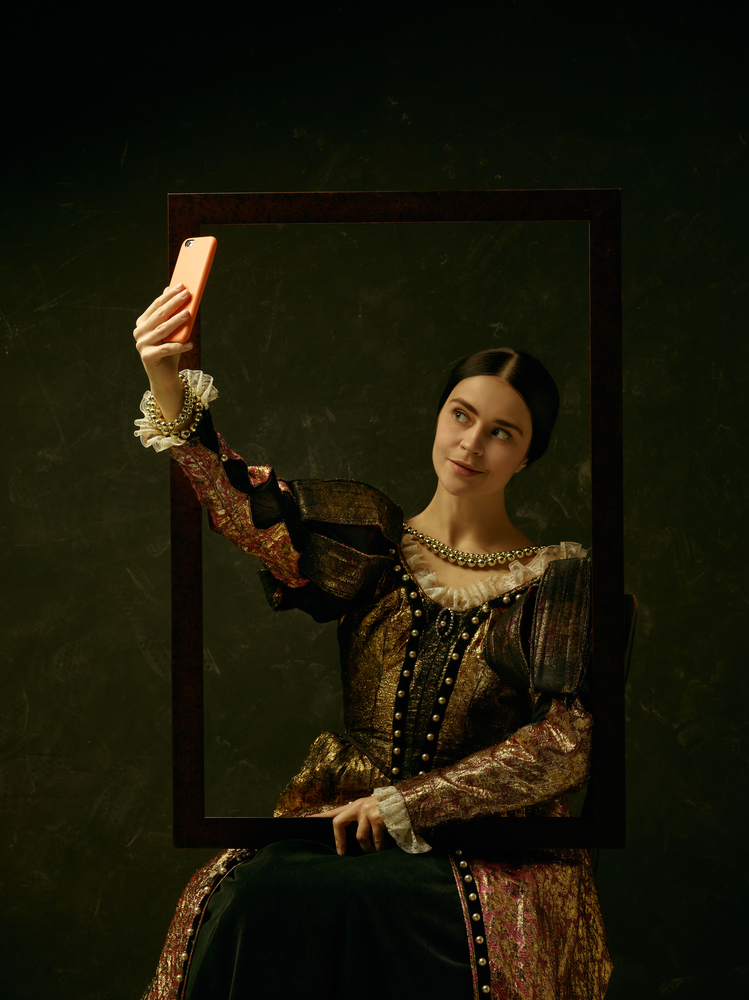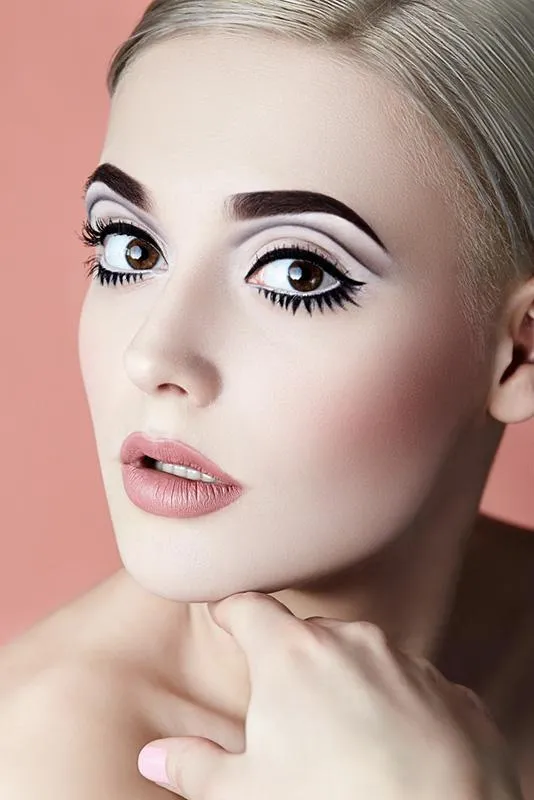In Demand on Microstocks: Images of Technology and New Themes
Whether you get inspired by technological advancements or not, it’s already set in motion and will be an integral part of our lives in the near future. XR, AI, 5G, artificial neural networks, and Internet of Things change the way we communicate, shop, spend free time, learn, and create. All the different fields are getting affected and photography is interestingly also involved.
What’s quickly changing are the images that are in demand with microstocks, the different ways to capture concepts, and inspiration sources. For photographers, things are now becoming totally different from what they were like a couple of years ago. We’d like to share where things are heading and what you can do to shoot topics in demand.
Marketers, designers, and business owners are looking for visuals that would help them illustrate the cutting-edge technology that is in demand as of today. What this means is that photographers should seek inspiration in the futuristic concepts we covered in our trends report, quickly adjust to the changes, and embrace new approaches when creating images for stock photography platforms.
Photography concepts that are going to be trendy with microstocks in 2020
The Depositphotos library alone has over 140 millions of files. Every day, thousands of contributors upload visuals to help marketers and designers illustrate trendy and sometimes abstract concepts like creativity and technology.
The most popular images to capture and the ones in demand are of people holding smartphones or working on laptops. They still seem to be a universal solution, although they are quickly becoming a stock photo cliche. If five years ago these concepts were new, now there are too many of them both on stock photography platforms and with online projects related to IT.
Currently trending
Facebook’s Horizon and updates with Oculus Quest will make people immerse themselves into virtual environments at home, at work, and wherever they are. Extended Reality (XR) will definitely be one of the hot topics next year and a popular concept among photographers working with stock photography platforms. In addition, robotics, cybersport, mobile education, holographic displays and projections, Internet of Things, and other world-of-tomorrow photography concepts will be in demand.
What we expect is more demand and clients that will turn to stocks to look for something new. These ideas, concepts, and themes have just hit the market, and people need ways to illustrate them.
How to create trendy technology images
Understanding which photography concepts are going to be trendy is only half the battle. Other obstacles photographers might stumble upon are about the approach to creating trendy technology images. How do you illustrate AI? How do you capture photographs in a cyberpunk stylistic? How much post-production is to be done? What’s definitely clear is that all this will take a very imaginative approach because technology is by far one of the hardest themes to tackle.
Shooting vertically
Smartphones are basically an extension of each and every one of us, so it’s no surprise that there’s a surge in vertical content. It is expected to be so big next year that our visual trends report 2020 has a separate section devoted to it.
To make your stock photography portfolio generate more income, enrich it with social-media-ready content follow the shift to a vertical format in 2020. This concerns not only images but videos as well. Stock footage is in demand among stock photography clients and for you, it’s an opportunity to take your earnings to a new level.
Adapting content for VR
If you are a videographer or only plan to explore the niche in the coming year, you should be ready to adapt your content for VR and AR. According to our content-curator, Tatian Boksha, the technology of tomorrow will only be possible if it works hand in hand with photos and videos. What this means is that your photography and videography skills in 2020 have to spread far beyond the process of simply capturing concepts. You also have to think about who, where, and for which purpose will a client use your visuals. Moreover, you’ll have to experiment with the post-production much more for abstract concepts and ideas if you want your works stand out.
Experimenting with the post-production
When it comes to capturing technology images in 2020, post-production plays a major role for many reasons. It allows you to make futuristic concepts look more realistic. For instance, if you are to visualize spatial web, you’ll need to resort to layers in Photoshop or some other alternative photo editing tool. You might also have to create some effects in Illustrator or download ready-to-use vectors that can be put over the photo. The same approach might be used when creating images or videos illustrating retinal scanning, iris, and facial recognition technology. Post-production can also help improve your photography and videography if you make the design aspect interact with photographs. As for more room to experiment, there’s shooting 360-degree videos for VR.
However, you shouldn’t mix up the mentioned futuristic concepts with stock photography cliches. People manually pooling networks and hackers sitting amidst flying codes have nothing to do with images illustrating AI, cybersport, and other latest tech concepts.
Adding futuristic vibes to your works
If you’re not a fan of the technology images and videos but would still like to be on trend with your works, you can draw inspiration from all the 2020 visual trends. Upcoming hype is with Brutalism and Digital Decay, Neon Dystopia and the cyberpunk aesthetics. These trends will challenge the ones that were established in the decades of microstocks as a business and pave the way to relevant images covering futuristic concepts that everyone’s talking about.

Next year will be full of challenges for photographers who might just struggle to visualize the latest technology and similar themes. However, The World of Tomorrow trend will also open up a lot of opportunities for experiments, doing business, and creating portfolios that stand out.











